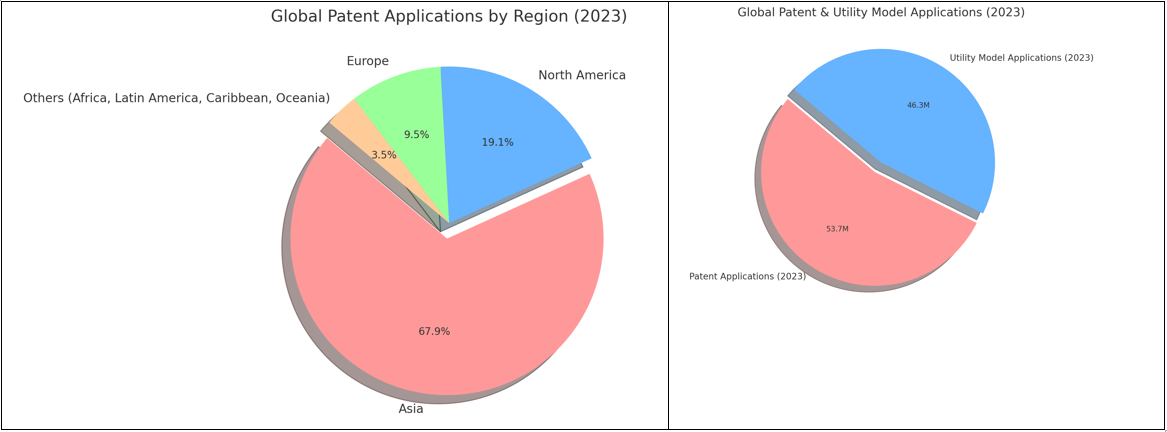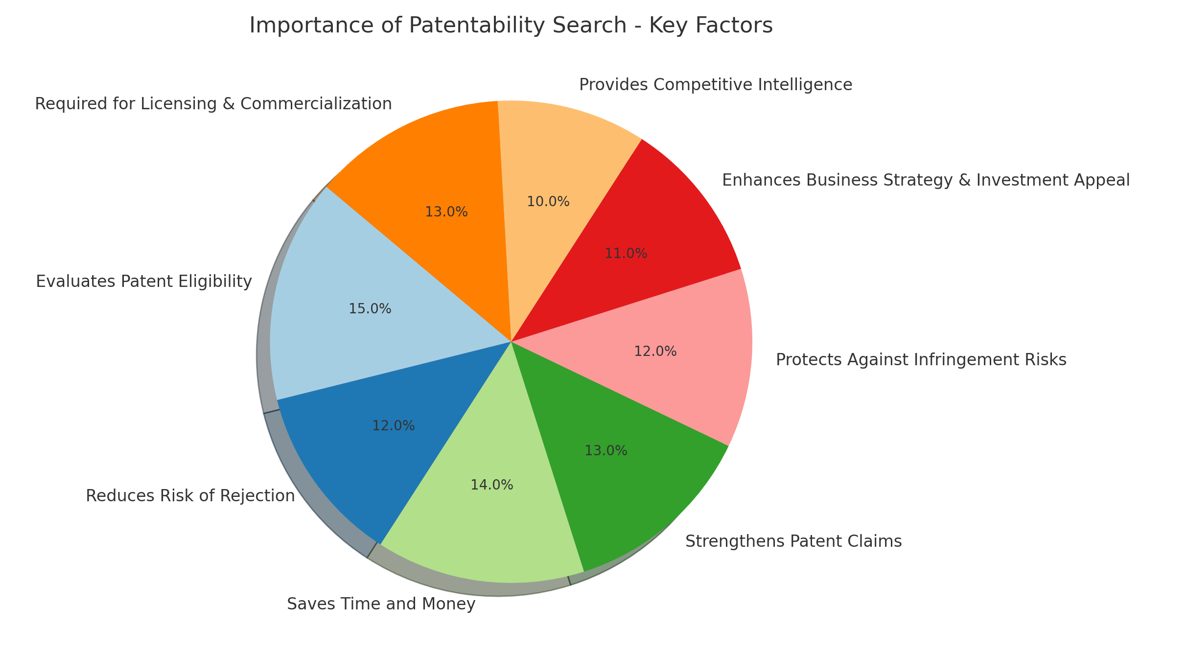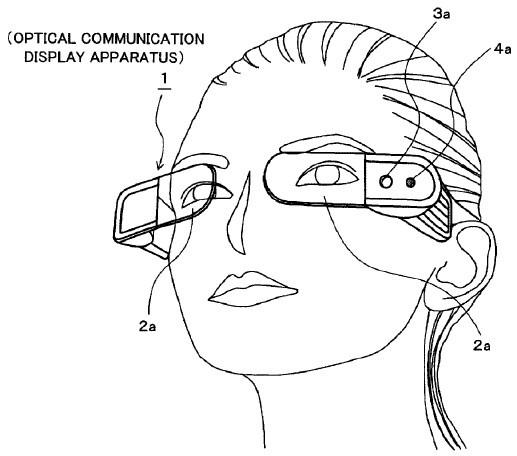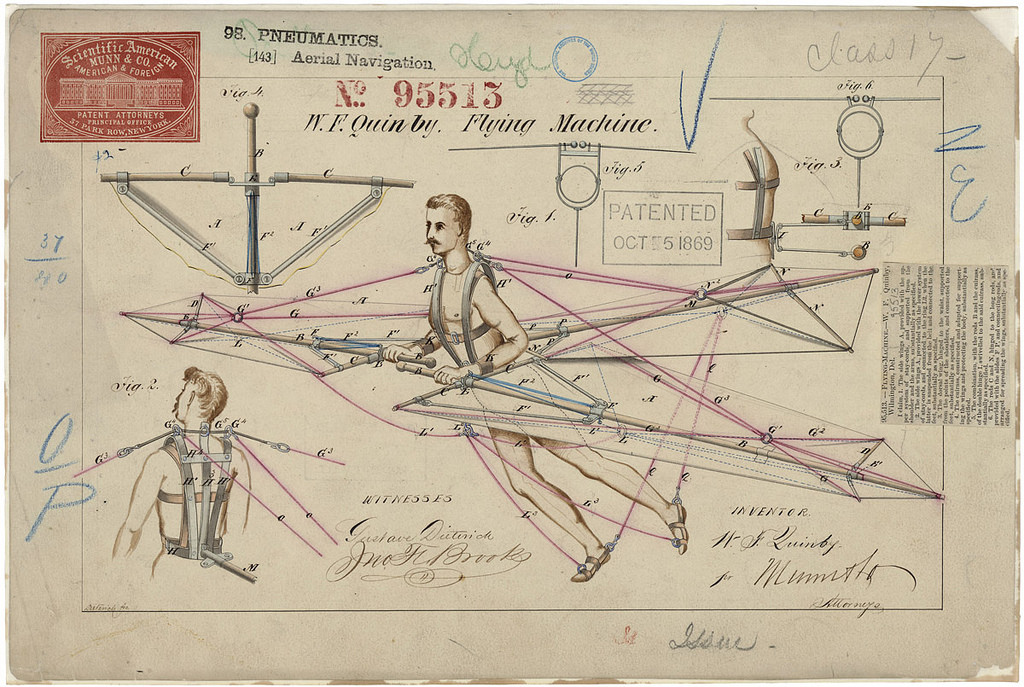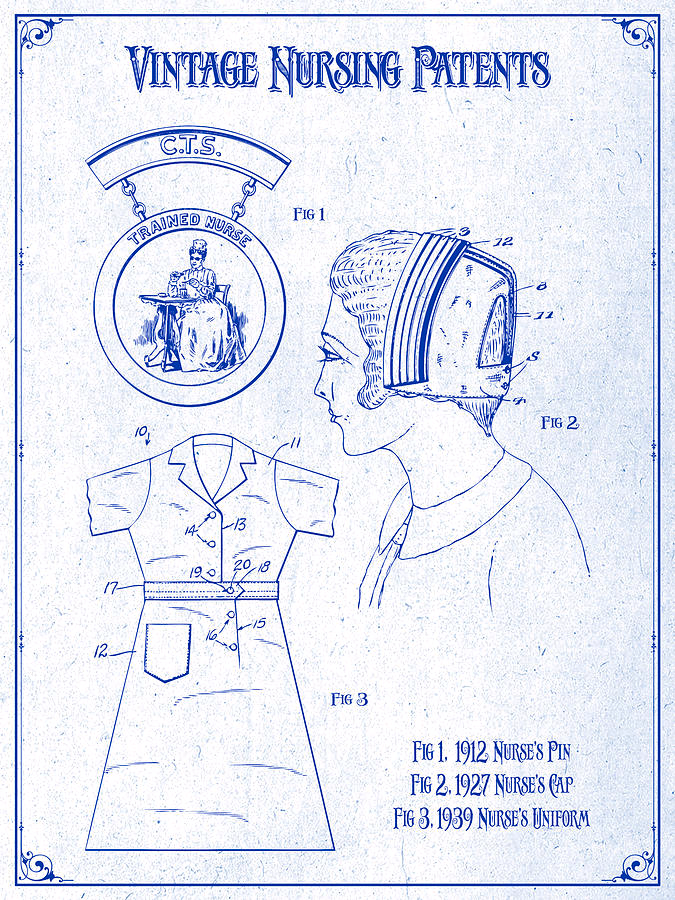
Patentability Search
Patentability search also known as a novelty search, is an examination of existing patents and other publicly available information to determine whether an invention is new and non-obvious, which are key criteria for obtaining a patent. This process helps inventors and businesses assess the likelihood of securing patent protection for their innovations.
